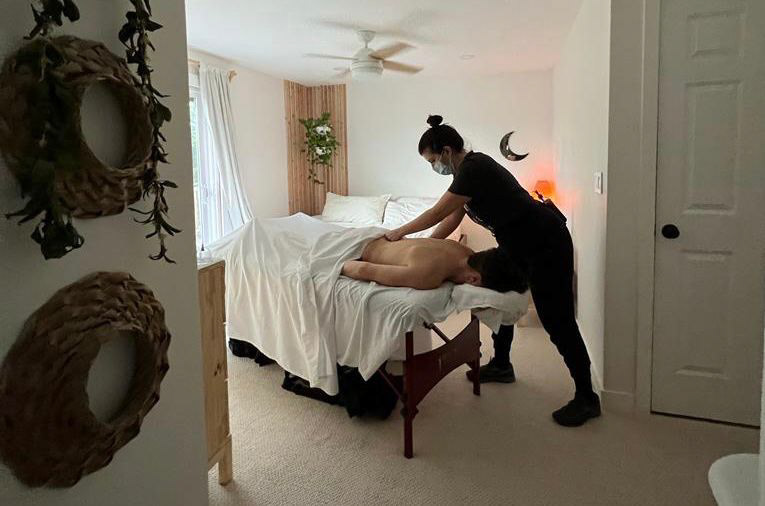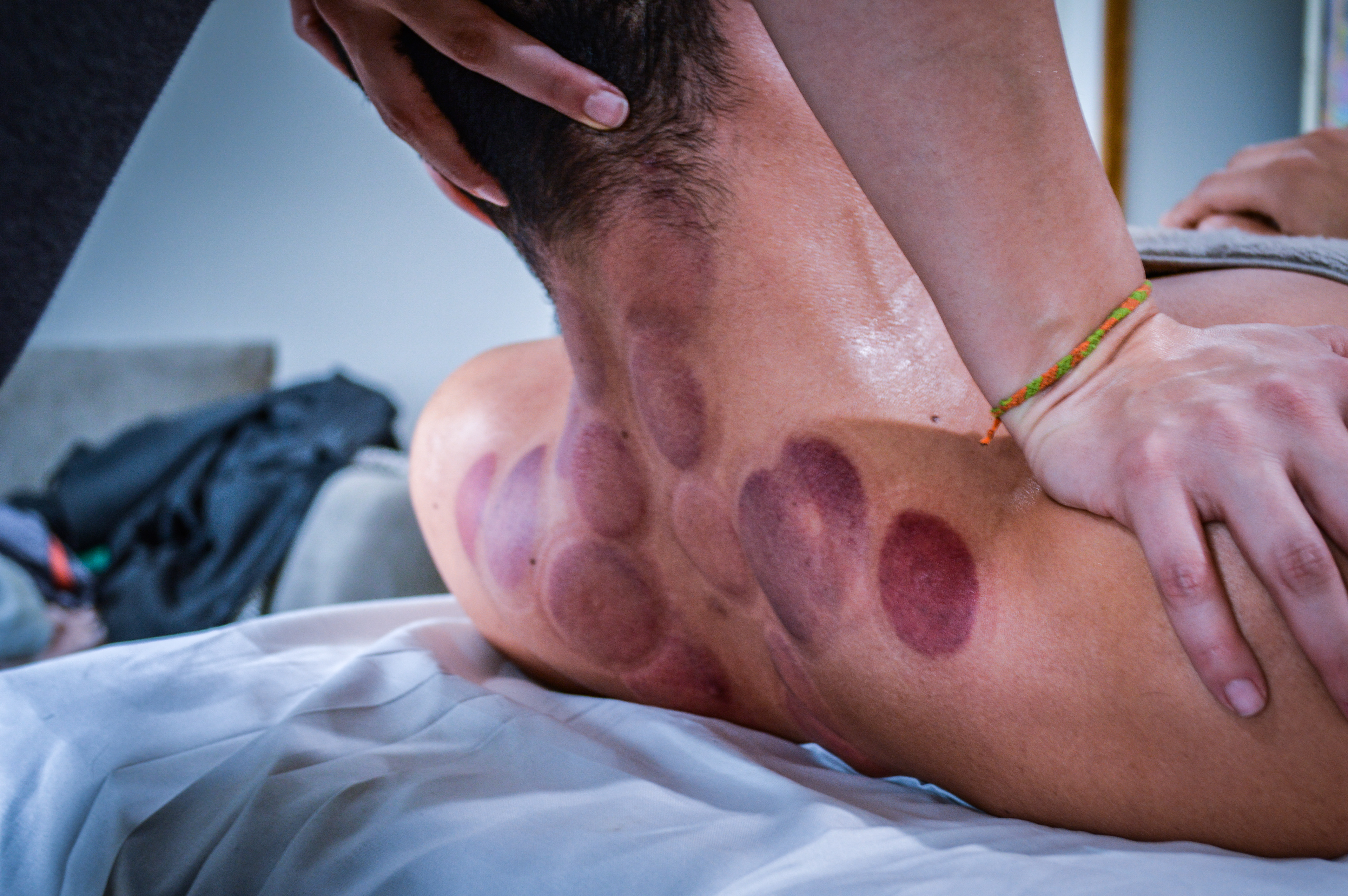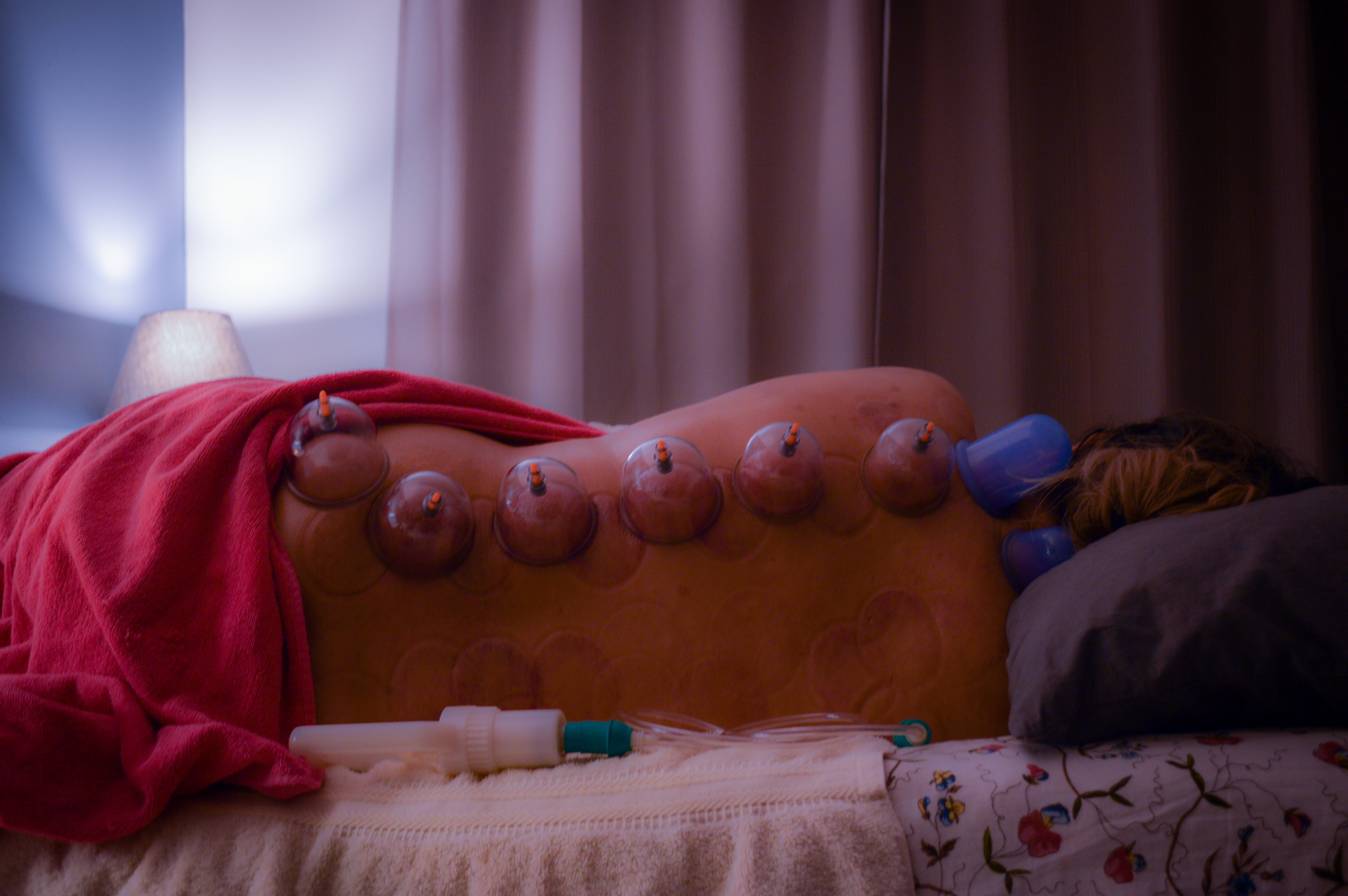
Trigger Point

Stretching/PNF

Tooling

Cupping

Tooling

Foam Rolling
Forms of Therapy
This page is meant for your education! These are a few of the techniques that your therapist may use depending on your specific injury/tightness needs.
Trigger point: is a bodywork technique that involves the putting pressure to tender muscle tissue in order to trigger the bodies response to drop tension in the muscle and relieve pain and dysfunction in other parts of the body.
Cupping: is an ancient form of alternative medicine using special cups with vacuum seals that allow a vacuum hose to suction the skin up into the cup creating a negative pressure (opposite of putting pressure on the muscle). Purpose: Help direct blood flow to muscle and damaged tissue to proactively force the body to start the healing process. Cupping also helps with muscle tension release, inflammation and relaxation. Results are similar to deep tissue massage or muscle work but is less painful as a treatment.
Active Release: is a soft tissue method that focuses on relieving tissue tension through the removal of adhesions (knots) in the muscle fiber which can develop in tissues as a result of overload due to repetitive use. By actively using muscle movements and positive pressure techniques to remove the adhesions.
Tooling: is a natural, alternative therapy that involves scraping your skin with a massage tool to improve your circulation. The use of scraping the skin with a mixture of short or long strokes to stimulate microcirculation of the soft tissue, which increases blood flow while breaking down adhesions in the muscle tissue.
Deep tissue: is a type of massage therapy that focuses on re-aligning deeper layers of muscles and connective tissue. Helpful for chronic aches and pains and contracted areas such as stiff neck and upper back, low back pain, leg muscle tightness, and sore shoulders.
Proprioceptive Neuromuscular Facilitation Stretching (PNF): a method of stretching muscles to maximize their flexibility that involves a series of contractions and relaxations with enforced stretching during the relaxation phase. Using this technique to take advantage of the muscles abilities to go into a deeper stretch after contracting.
Stretching Educations: Stretching Muscles to help improve flexibility and balance out muscle imbalances. We educate clients on which stretches to focus on for their injury specifically.






